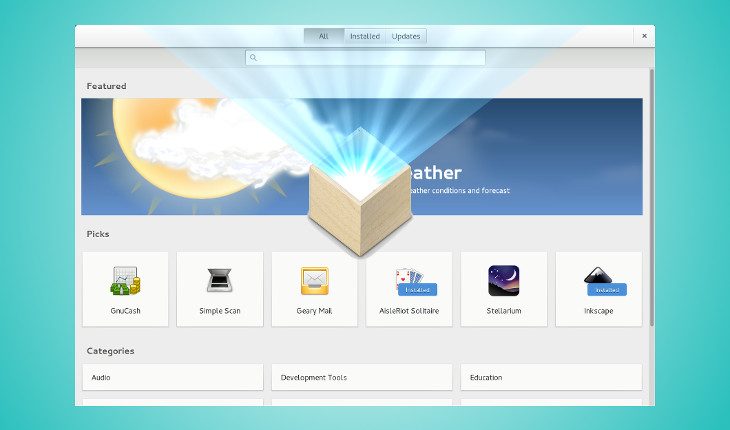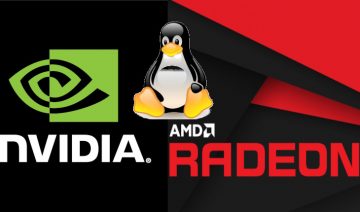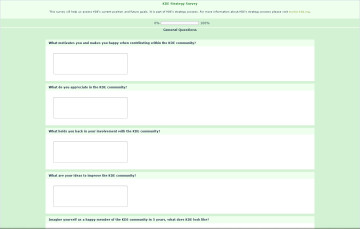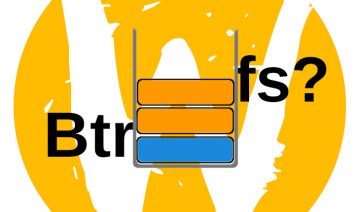In an effort to make the installation of Flatpak apps more streamlined and simple for the end user, GNOME developer Richard Hughes has integrated Flatpak support into GNOME Software (GS).
Due to the newly added support, installation of Flatpak apps can now be made through a couple of clicks using GS version 3.22.2 and above.
The following video demonstrates the new capability on Fedora 25 using LibreOffice Flatpak:
Why Installing Flatpak Easily Might Not Work For You?
Nonetheless, as the title suggests, just like many other features that face the fragmented reality of Linux, there might be some prerequisites needed to be met in order for the added support could work.
One such prerequisite that might be up to your distribution maintainer to supply is the repository of the runtime library a Flatpak app requires enabled.
Although it may seem trivial, it is more than plausible that many of the Linux distributions out there, in particular those which don’t consider GNOME as their primary desktop environment, will not have GNOME runtime repos readily available.
A fact which kind of contradict the whole idea of Flatpak in the first place – to be available for installation on different Linux distributions – since users who aren’t tech inclined might not be able to succeed the installation.
This fact also strengthen a point I made in a previous article (see Further Reading second link) regarding the personal gains and interests behind bundled apps such as Flatpak:
“… by leading the efforts of creating a unified package that could potentially be adopted by the vast majority of Linux distros (if not all of them), the captains of these projects could assume a key position in determining where the Linux ship sails.”
Other than runtime repositories, support for different dependencies such as correct mime types and others may also play an important role for GS to able to install Flatpak apps with a click.
So try to keep that in mind in case you encounter a problem getting Flatpak app installed through GS.
Further Reading
Those who are interested to learn about the benefits and downsides of using Flatpak (or bundled apps in general) are welcome to read:







